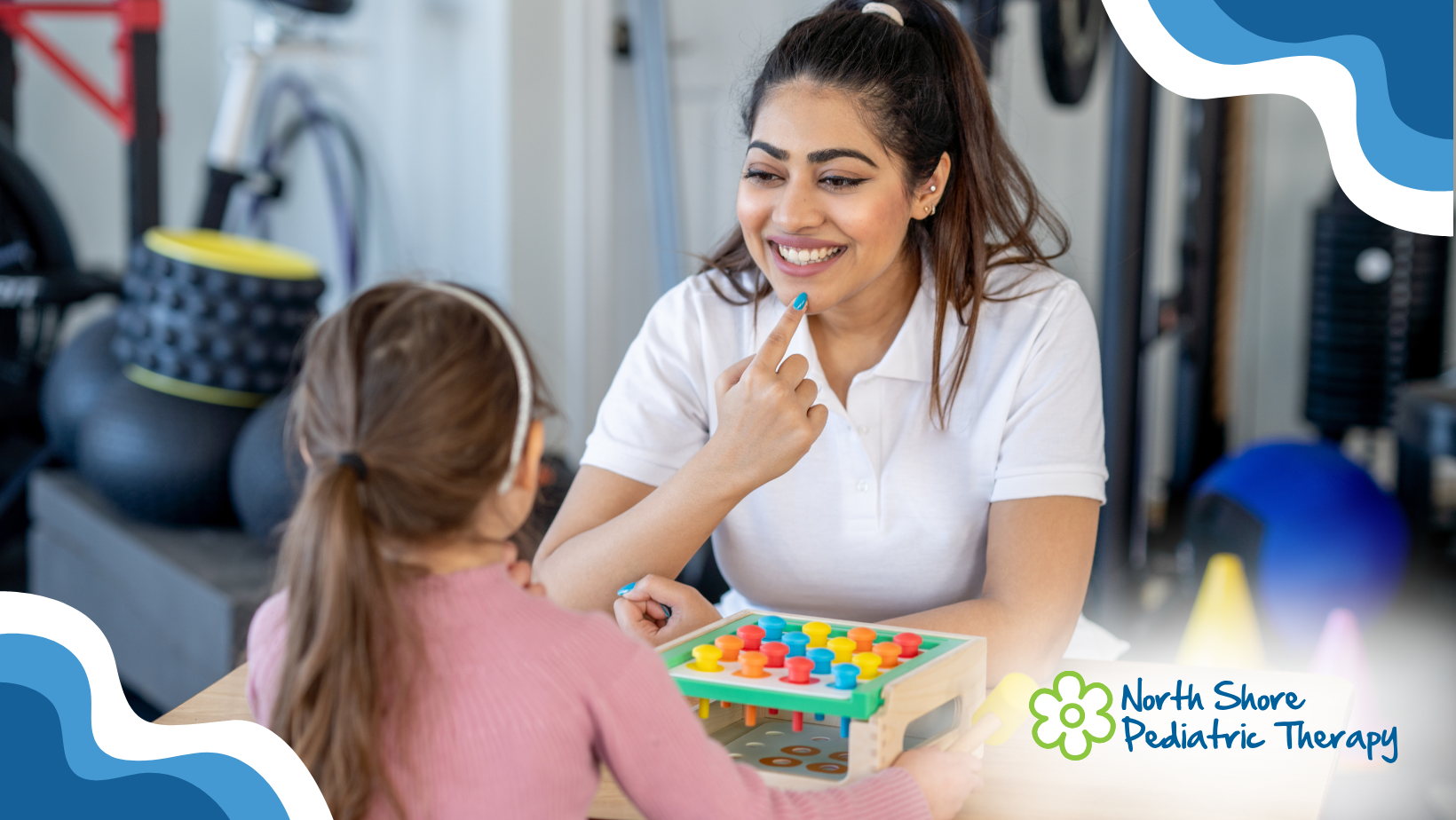What is a Picture Exchange Communication System (PECS)? PECS is a form of Augmentative and Alternative Communication (AAC) which uses a picture/symbol system to teach initiation of functional communication. PECS was developed by Lori Frost and Andy Bondy in 1985 to be used with preschool children on the autism spectrum who demonstrated little to no socially-related communication. Examples include: children who avoided interactions with others, did not approach others to communicate, and/or only communicated when prompted to do so.
Myth #1: The Picture Exchange Communication System is strictly used for nonverbal children or children on the autism spectrum.
A common misconception about the Picture Exchange Communication System (PECS) is that it is strictly used with nonverbal children. While PECS and other forms of AAC have proven very useful and successful with nonverbal children, the system services many other populations with the purpose of eliciting and initiating functional communication.
To fully understand the meaning of functional communication, a distinction must be made between actions directed to the environment vs. actions directed toward a person. A child may climb on a step stool to reach a toy car on a shelf. From this action, we could infer that the child wants to play with the car. However, this is not communicative. If this same child looks from the car to his mother, or leads his mother over to the car, this is considered communication. Neither interaction involved speaking, however the distinction is that communication occurs when an action is directed towards someone else to achieve a certain outcome.
Therefore, Picture Exchange Communication System is appropriate, not just with children or adults that are not verbally communicating, but with those who are verbal, yet lack person-directed communication.
Other populations where PECS might be appropriate (to name a few):
-late-talking children (research is showing benefits for the introduction of AAC as early as 12 months)
-adults with aphasia
-Childhood Apraxia of Speech (CAS)
-children with reduced speech intelligibility
-verbal children with reduced social language and initiating
Myth #2: Using PECS will deter my child from communicating verbally
For some children, verbal communication can be a challenge; speech and language are not developing as quickly as would be anticipated and, accordingly, result in accompanying frustration and associated behaviors. Introduction of an augmentative and alternative communication system like PECS can help bridge the gap for children who are not yet verbally communicating but need an accessible means of communication as speech and language develop. Without an effective means of communication, these children are at risk for social, emotional, and behavior problems, including feelings of frustration and isolation.
Often, parents are concerned that using an augmentative or alternative form of communication will replace or deter verbal communication. In fact, research has shown just the opposite:
“Research over the past 25 years has shown not only that use of augmentative communication systems (aided or unaided) does not inhibit speech development but that use of these systems enhances the likelihood of the development or improvement of speech.” (Bondy & Frost, 2004)
The PECS program mirrors the acquisition of typical language development; children are taught one-word labels for frequently requested items before transitioning to formulation of two-word utterances. Verbally requesting and labeling can be targeted in conjunction with the program. The PECS program also details modality transitioning (i.e., transitioning from PECS to verbal communication), if and when it is appropriate.
If your child is using PECS now, this does not mean that you are “giving up on speech”. It is a system that is being utilized to give your child a means of communicating and interacting with others while speech is developing.
Myth #3: PECS cannot be used with children who have visual impairments, fine motor, or gross motor difficulties.
PECS can be used with a wide range of age-groups and disabilities. Accommodations can be made for children and adults with visual impairments, fine motor, or gross motor difficulties, to name a few.
Pictures can be made in various sizes to accommodate visual impairments. Additionally, you or your child’s speech language pathologist can select and modify pictures to suit your child’s needs; photographs can be used instead of clipart or Boardmaker pictures, and images can be modified to create more contrast.
Pictures can also be put on objects (e.g., bottle tops) to make them easier to grasp and pick up from a table or book for children with fine motor difficulties.
Step 2 of PECS involves ‘distance and persistence’, meaning a child is taught to move across a room, multiple rooms, etc. to select a picture from his book and persist when giving it to his communication partner. Students that are non-ambulatory can use a voice switch or a button to request his communication partner in order to perform the exchange.
If you have questions about PECS and if it would be appropriate for your child, please consult with a licensed speech language pathologist.














